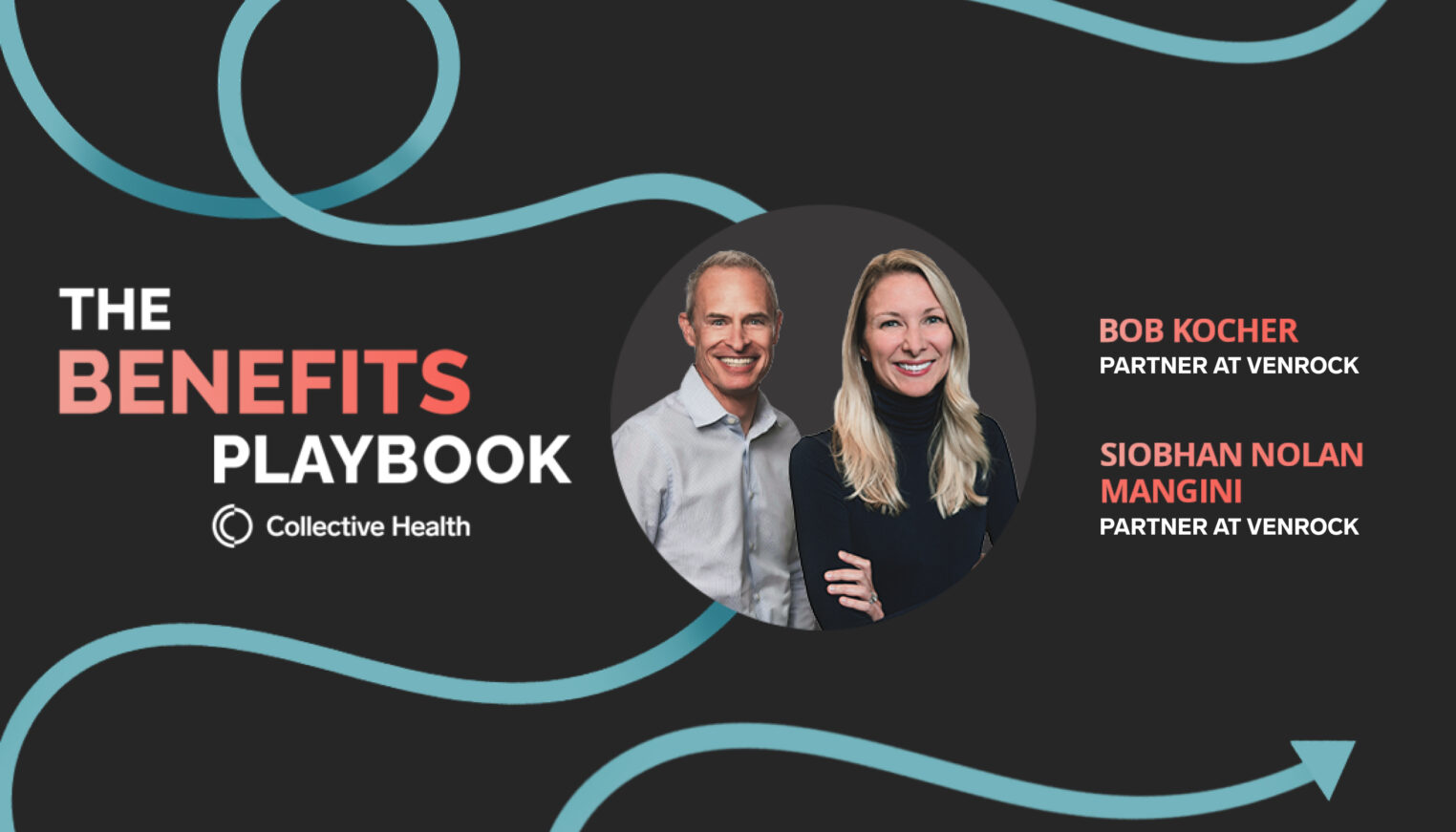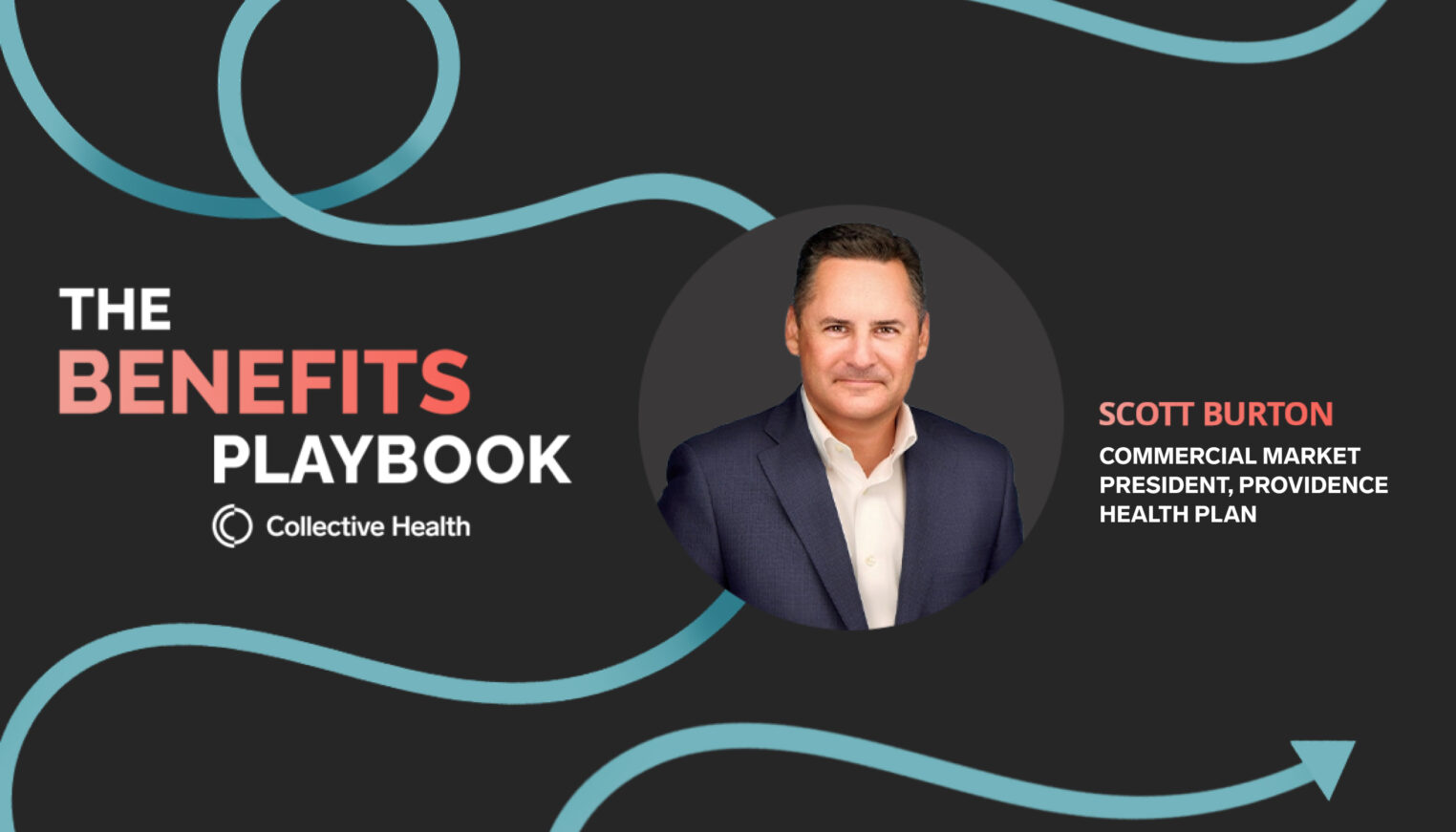As a self-funded employer who provides employee health benefits, you may be considering a move to a third party administrator – or TPA – as an alternative to the traditional ASO model with a carrier. With more flexibility and choice available for your benefits plans strategy, it’s clear why more employers are making this move to this TPA model.
But health benefits are complex – and making a change with something that has such a clear impact both on your employees and your bottom line – might understandably cause some trepidation.
So what questions should you be asking as you make the transition to a TPA and how can you get the most out of the transparency, independence and choice that they offer? Here’s our take:
Understanding the Role of the TPA in Self-Funded Health Plans
The best way to think about a TPA — especially an independent, tech-enabled TPA — is that it operates like the quarterback for a self-funded plan. In the same way a quarterback directs the offense team on where they should be on the field and what they should do on each play, a TPA brings together the different players in a health plan — medical networks, the pharmacy benefit manager (PBM), stop-loss providers, point solutions, and more — and makes sure everyone is working together to execute the company’s benefits strategy. It’s a complex job but, done well, can take the lift off the benefits team and make it very seamless for the employees on the plan.
And, like a quarterback, if a specific strategy or program isn’t quite working, it’s easy for you to work with the TPA to change up your gameplan.
“When you’re self-funded, you can make a change even mid-year. That’s impossible to do with the traditional [fully-insured] model because the pricing [and programs were bundled and] built in on the front end,” said Brian Olsen, a partner at insurance brokerage Sterling Seacrest Pritchard, on Collective Health’s The Benefits Playbook podcast.
How TPAs Give Self-Funded Employers Flexibility and Control
This ability to make a change when needed, speaks to one of the biggest benefits a TPA offers: the flexibility (and control) for self-funded employers to implement and design a benefits program that works best for their population – even if that change needs to happen mid-year (we all experienced this during the pandemic, for instance!).
Rather than taking a one-size-fits-all approach, self-funded employers with a TPA model have the opportunity to select from a wide range of networks and point solutions to assemble a benefits plan that best suits their member population and their plan design preferences.
An integrated, modern TPA works to bring all of these parts together, so employers can enjoy the “mix-and-match” benefits of carved-out programs, while reaping the benefits of the member experience feeling streamlined and connected. A “one-stop-shop” to take the homework out of their people’s healthcare.
Being able to stay nimble and make plan adjustments on the fly is especially important today as employees’ needs are changing and employers not only want to be as responsive to their population’s health as possible, but also be able to take advantage of innovations and advances in the market.
Managing Costs and Maintaining Quality
Partnering with a TPA can go a long way towards improving the value of the health benefits and programs you offer. As healthcare costs continue to rise, TPAs can give teams options like tiered plans, carved-out programs, and visibility into data that can reveal important trends. Understanding the utilization rate of various services and programs, and the cost of managing certain conditions empowers benefits teams to make strategic data-driven decisions that not only impact the health of their workforce, but also their company’s bottom line.
Additionally, independent and integrated TPA and navigation platforms like Collective Health are able to use claims data pursuant to the employer plans’ decisions to analyze and predict where costs may arise and implement navigation strategies that can bend employer costs down and value up for the members. These platforms are then able to proactively engage members who would benefit from early interventions, saving the potential cost of treating a more serious condition in the future.
Creating a Seamless Health Benefits Experience
In a time when many HR and benefits teams are stretched thin, it can be daunting for them to think about all the different moving parts that make up a self-funded health plan—and how they can manage it all.
For benefits teams, partnering with a tech-enabled, independent TPA can streamline their day-to-day plan administration, taking on administrative tasks like member engagement and eligibility, claims adjudication, out-of-pocket reimbursement, consolidated billing, and more. This frees up significant time they can spend on more strategic, people-focused initiatives.
For members, a TPA model offers a streamlined experience that does not feel fragmented. TPAs, like Collective Health, go further to offer a single “benefits front door,” a seamless portal that combines medical, pharmacy, dental, vision, and ancillary benefits, making it easier for members to access and understand and use all their benefits.
How do you find the right TPA for your needs?
Typically, the TPA model works well for companies of about 250 employees and up, but often the sweet-spot for strong financial value starts around 500 eligible employees or more. What’s most important is going into the process of setting up a TPA plan with a clear understanding of your needs, goals, constraints, and population preferences.
For instance, you should consider the type of provider network you prefer, the level of complexity that your organization can handle, and the kind of member experience you hope to offer.
Employers need to have a strong understanding of what their needs are, rank those needs and then – working with your broker or consultant — begin to cross check them against which TPAs make the most sense for them.
Finding Success with a TPA: Cost Savings and Better Benefits
In our podcast conversation with Brian Olsen, he spoke candidly about why he thinks TPAs matter and are the right choice for many employers.
“Nothing is more heartwarming than seeing a client a year after they’ve made the transition to a TPA. And being able to walk through all the savings. Here’s where you were a year ago, and here’s where we are now. Beating trend, claims are down, and it’s just going to continue,” he said, echoing our point of view at Collective Health that it’s often worth asking if there’s a better way to tackle health coverage, because the benefits quickly become clear.Moving to a TPA model can be a critical step in ensuring you can provide high quality benefits that are sustainable for your organization. To learn more about how to optimize your health benefits, tune into Collective Health’s The Benefits Playbook podcast where we talk with industry experts about the challenges — and solutions — facing today’s health benefits providers.



